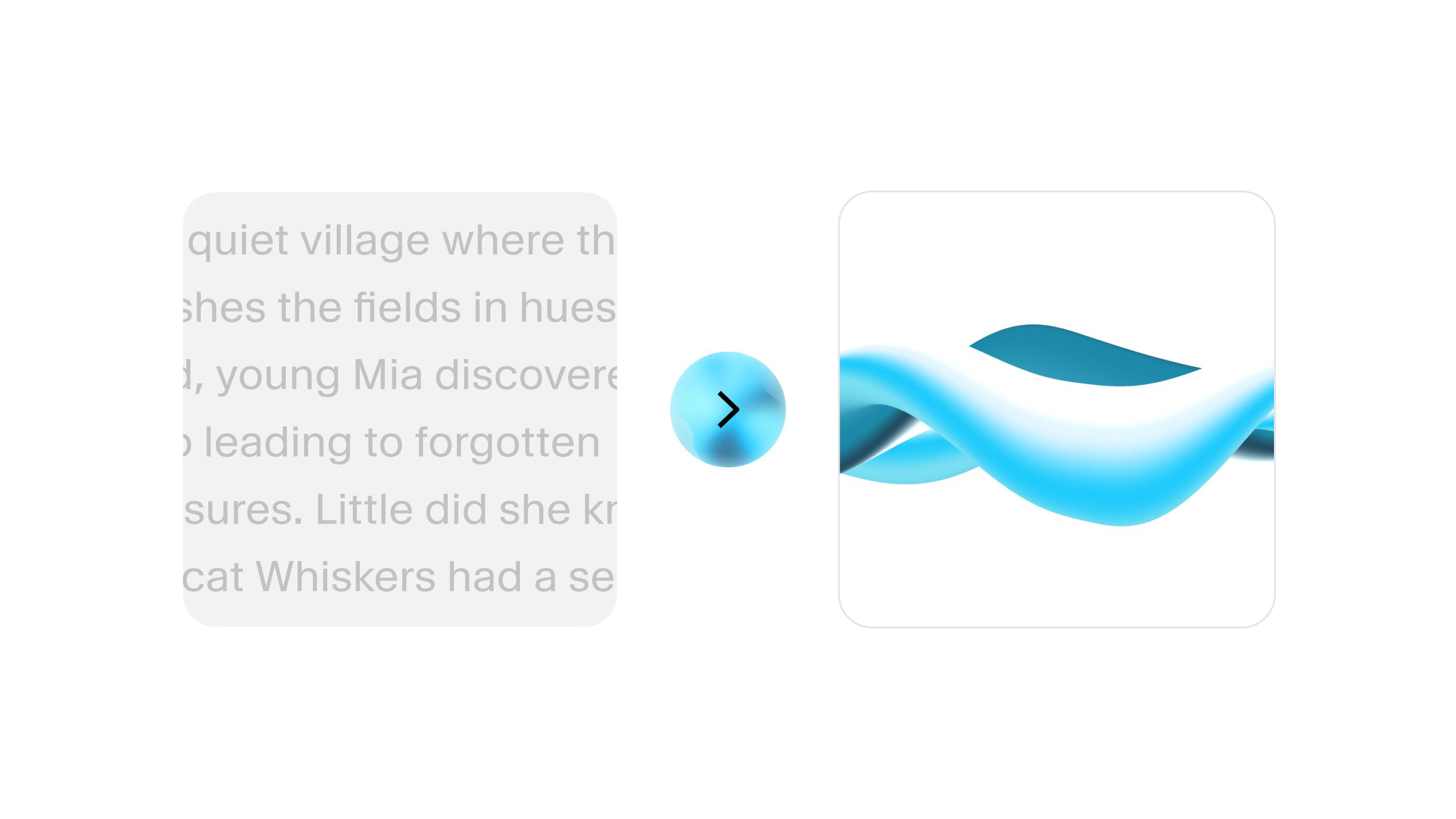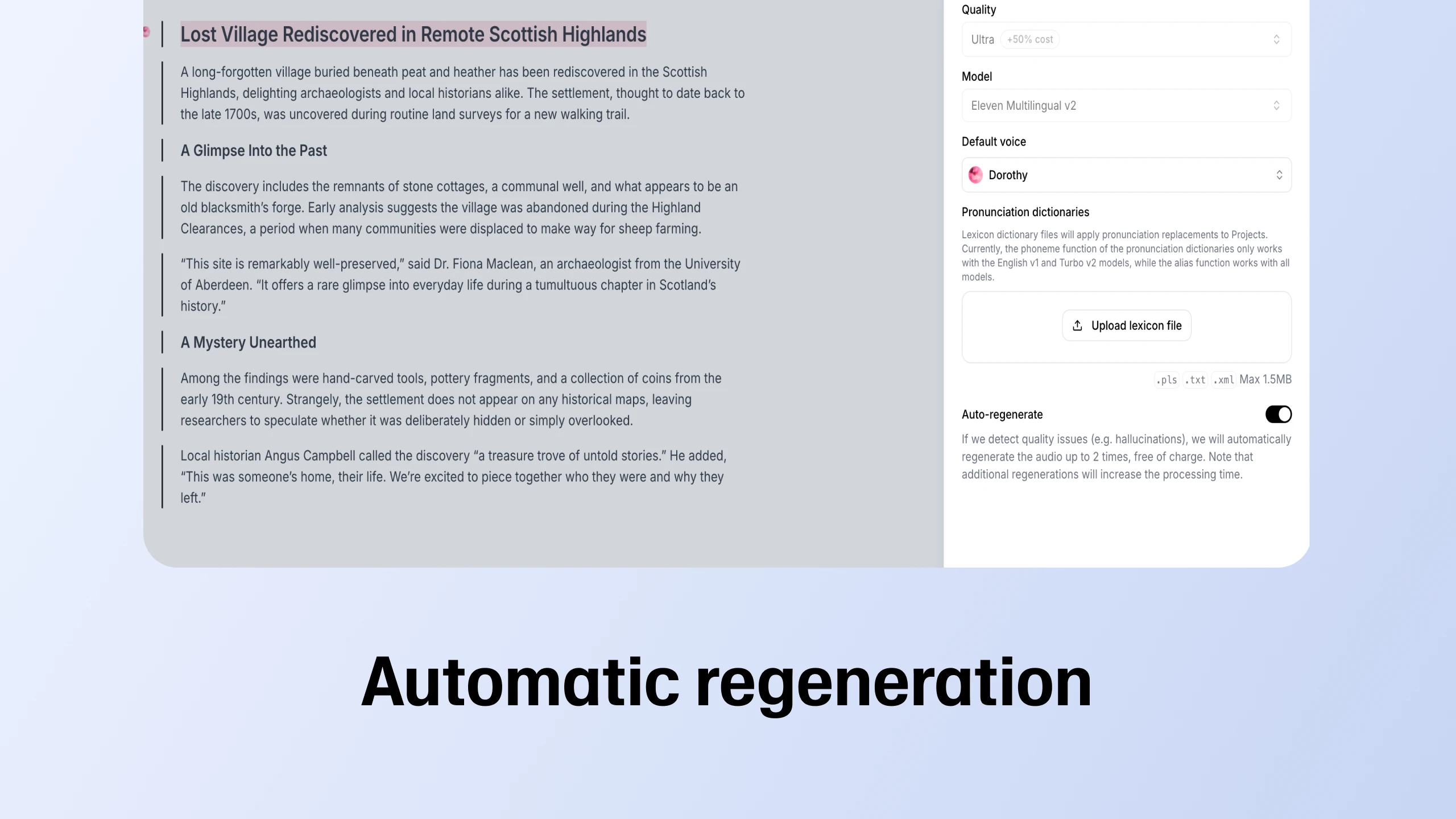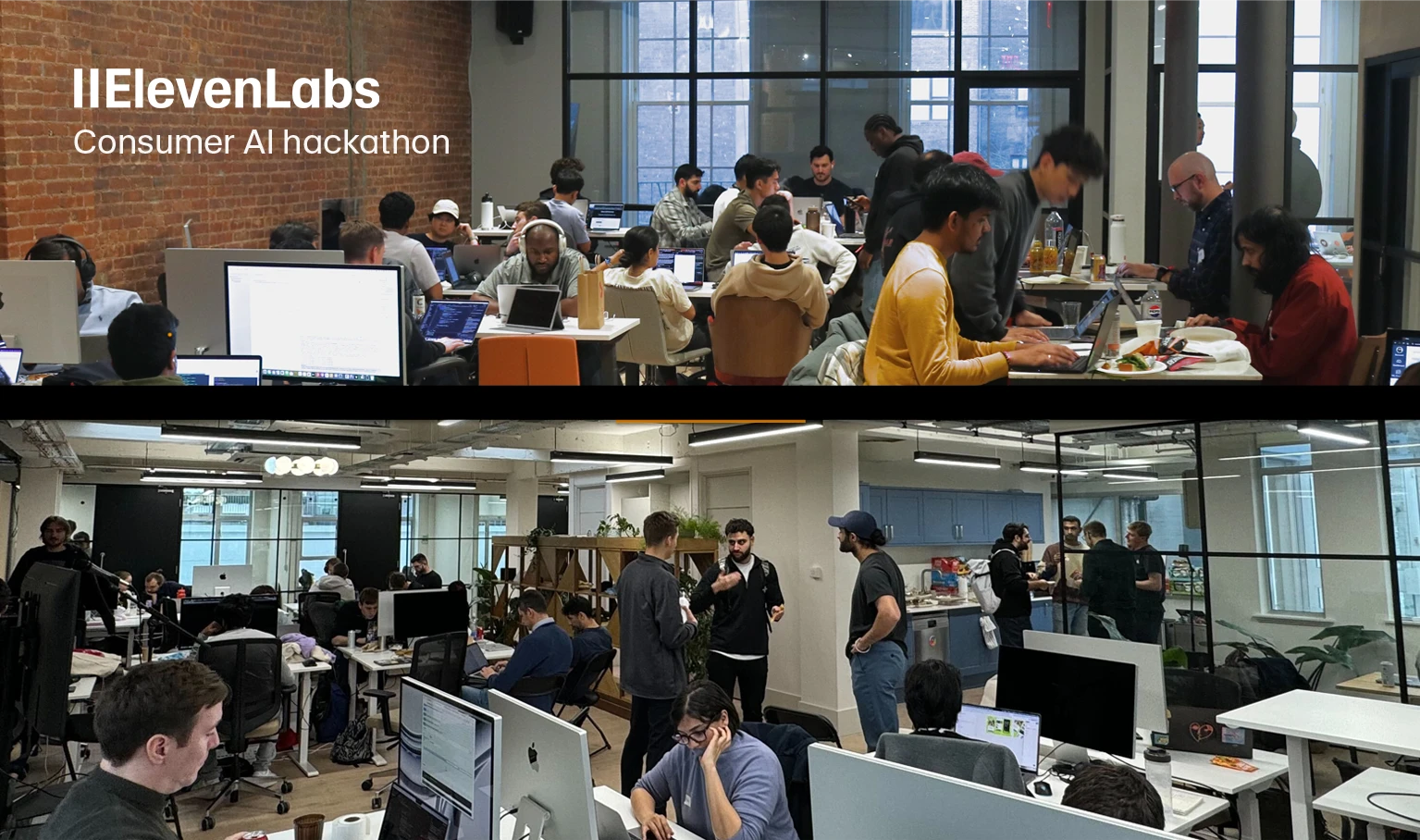
Our AI text to speech technology delivers thousands of high-quality, human-like voices in 32 languages. Whether you’re looking for a free text to speech solution or a premium voice AI service for commercial projects, our tools can meet your needs
Animators, producers, scriptwriters, and content creators leverage AI tools
Animation is a creative and rewarding career path, yet it is often complex, costly, and time-consuming. With rapid advancements in artificial intelligence, animators, producers, scriptwriters, and content creators can leverage AI tools to improve the quality of their work, streamline routine tasks, and bring their characters to life through contextual TTS.
Animation has been a cornerstone of entertainment and media since the early 20th century when French artist Emile Cohl developed the first stop-motion film. From beloved childhood classics like Disney films to Anime to adult cartoons like the Simpsons and Family Guy, animation is one of the most, if not the most, popular forms of entertainment.
However, animation as we know it today is far more advanced than its predecessors, such as stop-motion and hand-drawn cartoons. With rapid technological advancements, the sphere of animation has also transformed from hand-crafted to modernized.
Over the last few years, artificial intelligence has allowed animation to progress to a new level, eliminating many repetitive tasks, streamlining the creation process, and enhancing visual quality like never before.
Let’s explore how AI tools have contributed to the development and transformation of animation and various tools and methods that animators can use to boost their creativity, productivity, and animation quality.
But first - let’s delve deeper into how AI has revolutionized the animation industry.

It’s no secret that AI is taking over content production as we speak.
Although AI tools still require human oversight, modern AI technology also relies on advanced algorithms like machine learning, image processing, and natural language processing to develop engaging and high-quality content. These developments have been particularly helpful for animators, who can combine their ideas and skills with such tools to create impressive results.
So, how has AI transformed the animation industry?
Artificial intelligence has been used in animation since the late 20th century, mainly to bring characters to life using AI tools to replicate human expressions and movements.
The development of image recognition, machine learning, and deep learning brought about these opportunities. Since then, AI technology has been rapidly advancing, leading us to where we are today in the AI revolution.
Modern AI tools can be incorporated into animation in various ways. Animators can rely on such tools to streamline and enhance many aspects of their craft.
AI writing tools and assistants have undoubtedly transformed the process of scriptwriting. From entire script generation to help with grammar, spelling, and punctuation, intelligent AI-powered writing assistants like Grammarly, Hemingway Editor, and Google’s Gemini are precious tools for scriptwriters.
Scriptwriters can also import their notes or early drafts into generative AI tools like ChatGPT and prompt them to transform them into well-honed scripts, freeing up additional time to develop the animated series or film.
AI tools make creating complex, authentic characters that mimic human traits easier. As we touched upon above, AI tools help curate animated characters that accurately mimic human expressions and movements, allowing animators to create more realistic series and films.
Through machine learning and image recognition, AI tools can process and replicate human reactions and facial expressions, allowing animators to create complex, multi-faceted characters that engage viewers and foster empathy and attachment.
Another way animators can integrate AI tools into the creation process and speed up the planning stage is by using them to generate storyboards.
Storyboarding often takes up a lot of time creators could dedicate to other aspects, such as plot and character development. AI-powered storyboarding tools help animators streamline this process while generating cohesive sequences that align with the plot and script.
Alongside character creation, AI tools can also generate realistic, complex, and aesthetically pleasing backgrounds. Although backgrounds are not the primary focus of each scene, viewers notice particular details and even point out inaccuracies or discrepancies, forcing animators to spend precious time getting the details right.
With AI-powered animation tools, animators can take off some of that pressure and generate backgrounds more efficiently.
Take a listen to this example voiceover - it's uncannily human, right?
Gone are the days when people needed to consult the services of voice actors to create natural-sounding narrations for characters. With advanced text to speech and AI voice generation tools, animators can now create human-like voices for various characters and refine them to fit the context and the character’s personalities.
Narration and character voiceovers can make or break an animated film, series, or video game, especially regarding adaptations or remakes. Fans of books, comics, and early additions of animated content are difficult to impress, and voiceovers that don’t live up to their expectations or don’t suit the character can lead to disappointment and negative reviews.
Thankfully, rapid advancements in AI have also extended toward the sphere of text to speech and voice-generation tools, allowing creators to generate natural-sounding voiceovers and narrations instead of robotic-sounding audio.
Advanced text to speech and voice generation tools like ElevenLabs can greatly benefit producers, animators, and creators looking to create engaging, expressive, and human-sounding voiceovers for characters, bringing them to life through the screen.
It’s no secret that working with voice actors can be time-consuming and costly, especially when the budget is limited. As a result, contextual TTS and voice generation tools like ElevenLabs are excellent alternatives for those under tighter deadlines, working with budget constraints, and creators looking to customize their own voices for their beloved characters.
ElevenLabs offers an extensive voice library for creators to choose from and customizable parameters like narration speed, tone, accent, gender, and more. This feature allows animators to directly influence how their characters sound and express themselves, resulting in more authentic and accurate narrations.
Moreover, users can choose from 29 commonly spoken languages worldwide and easily dub existing videos into multiple languages using the platform’s AI dubbing tools. This allows animators to reach a wider audience and appeal to international fans.
ElevenLabs also allows users to clone their own voice based on just thirty minutes of uninterrupted audio. This option enables creators to narrate their characters themselves without spending hours, days, or even weeks recording scripts.
It can’t be denied that advancements in artificial intelligence have catapulted the animation industry forward. They allow animators to streamline routine tasks, create more realistic and human-like characters, generate scripts and storyboards, and even craft their own narrations.
With so many tools that were once gatekept and are now widely accessible to the general public, animators can apply various technologies to enhance their work. One such tool is contextual TTS, which enables producers, animators, and content creators to generate narrations for their beloved characters without spending time and resources on choosing and hiring the perfect voice actors for the role.
That said, AI tools are still far from achieving their full potential. Although there have been significant advancements in this sphere, artificial intelligence continues to advance in leaps and bounds daily. This is why it’s essential to stay updated on the latest AI news and explore new tools and platforms for various creative and professional goals, including animation.

Our AI text to speech technology delivers thousands of high-quality, human-like voices in 32 languages. Whether you’re looking for a free text to speech solution or a premium voice AI service for commercial projects, our tools can meet your needs

Our long form text editor now lets you regenerate faulty fragments, adjust playback speed, and provide quality feedback

Developers brought ideas to life using AI, from real time voice commands to custom storytelling